As was mentioned before you want the absolute value, not the real part.
A minimal example, showing the the re/im , abs/phase spectra.
import numpy as np
import matplotlib.pyplot as p
%matplotlib inline
n=1001 # add 1 to keep the interval a round number when using linspace
t = np.linspace(-5, 5, n ) # presumed to be time
dt=t[1]-t[0] # time resolution
print(f'sampling every {dt:.3f} sec , so at {1/dt:.1f} Sa/sec, max. freq will be {1/2/dt:.1f} Hz')
y = np.exp(-(t**2)/0.01) # signal in time
fr= np.fft.fftshift(np.fft.fftfreq(n, dt)) # shift helps with sorting the frequencies for better plotting
ft=np.fft.fftshift(np.fft.fft(y)) # fftshift only necessary for plotting in sequence
p.figure(figsize=(20,12))
p.subplot(231)
p.plot(t,y,'.-')
p.xlabel('time (secs)')
p.title('signal in time')
p.subplot(232)
p.plot(fr,np.abs(ft), '.-',lw=0.3)
p.xlabel('freq (Hz)')
p.title('spectrum, abs');
p.subplot(233)
p.plot(fr,np.real(ft), '.-',lw=0.3)
p.xlabel('freq (Hz)')
p.title('spectrum, real');
p.subplot(235)
p.plot(fr,np.angle(ft), '.-', lw=0.3)
p.xlabel('freq (Hz)')
p.title('spectrum, phase');
p.subplot(236)
p.plot(fr,np.imag(ft), '.-',lw=0.3)
p.xlabel('freq (Hz)')
p.title('spectrum, imag');


